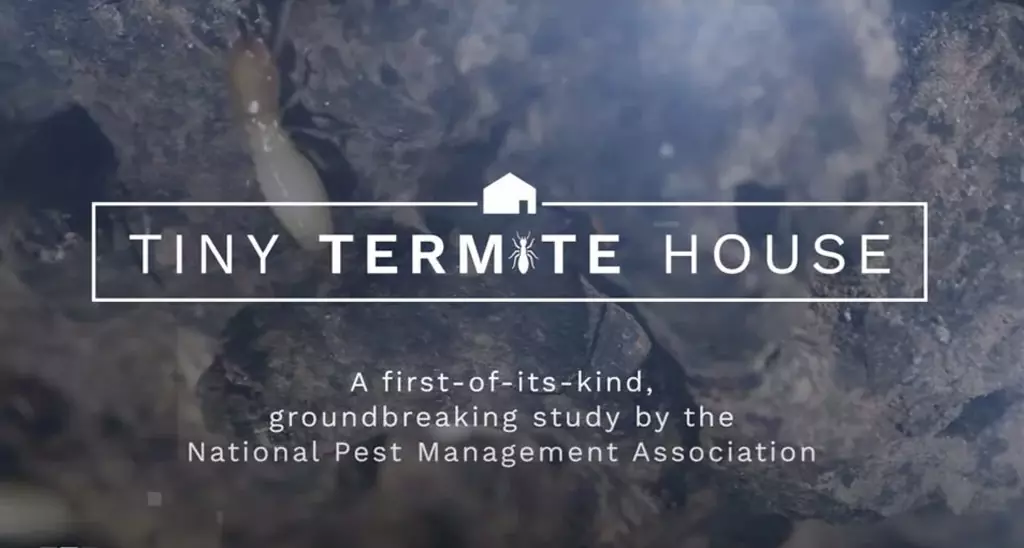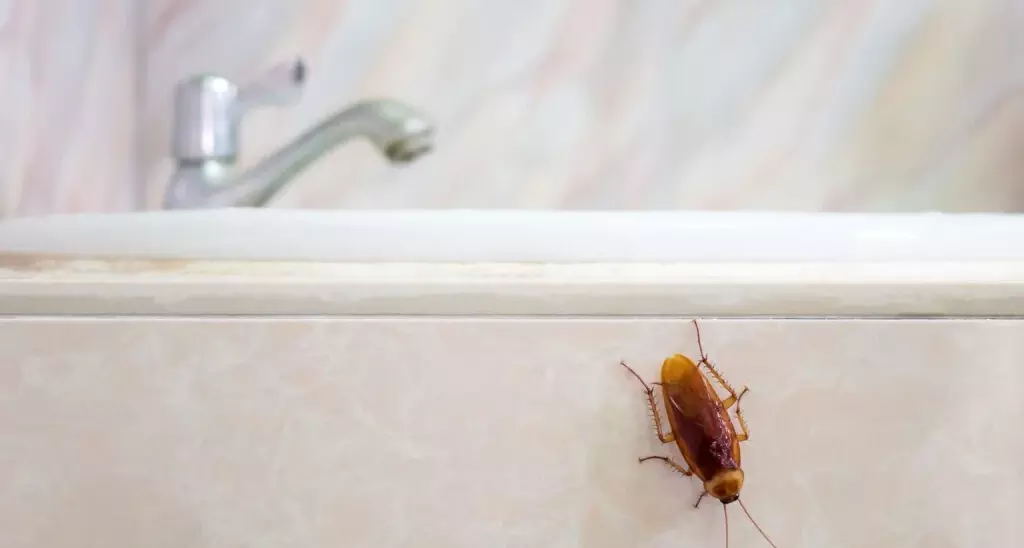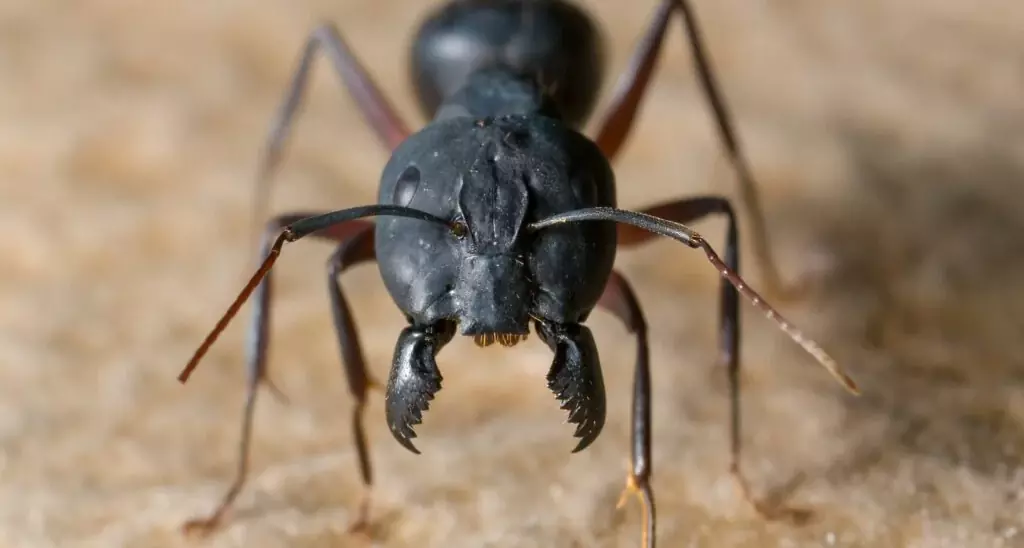As the weather gets warmer, spring brings blooming flowers but also a surge in insect activity. For the pest control industry, this marks the beginning of peak pest season as insects come out of their winter hiding spots, mate, and some make their way into our homes. Among these pests, termites are one of the most common and pose a significant threat to our properties.
Both termites and ants produce swarmers or alates to create new colonies. Homeowners often mistake termite swarming activity for swarming ants, but the damage caused by these two pests vary greatly, as does the treatment to get rid of them. It is important to know the difference between these two, to take the necessary steps for prevention, and protect your home.
Termites
There are five different termites within the colony itself. In addition to the swarmers, there are the Queen, King, Soldier, and Worker termites. The swarmers are normally dark brown or black in color, have no visible waist, or straight antennae, and are around ⅛” long. Both termites and ants have two pairs of wings when swarming, however, they differ in a few ways. When termites are not flying, their four identically sized wings stack on top of one another. During the swarming period or after reproduction, these wings shed and are frequently seen surrounding homes where the swarming activity took place.
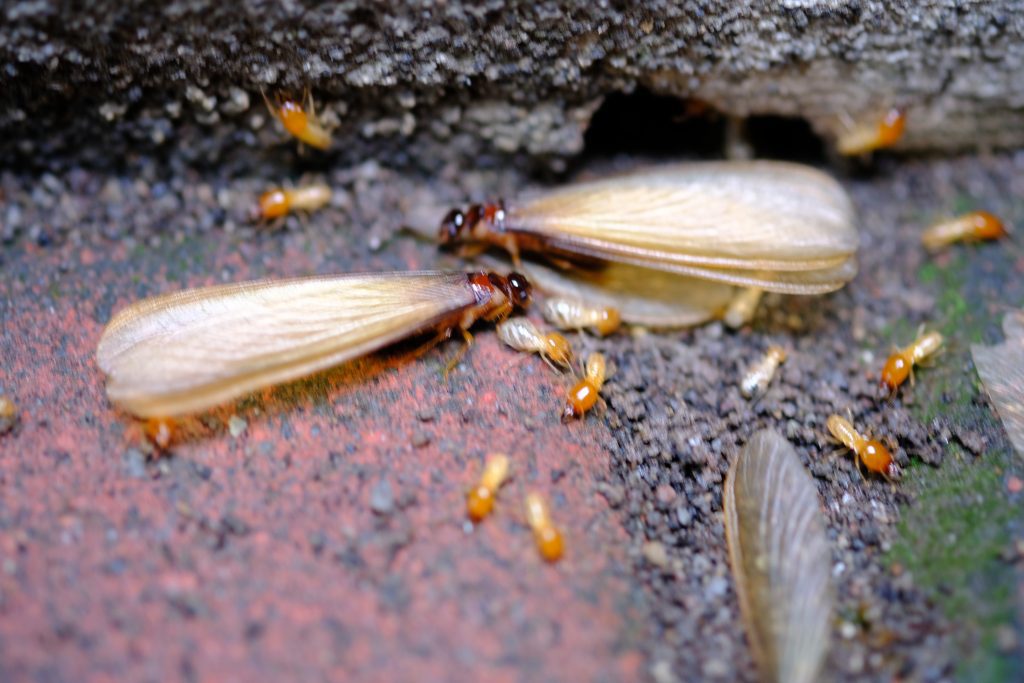
Ants
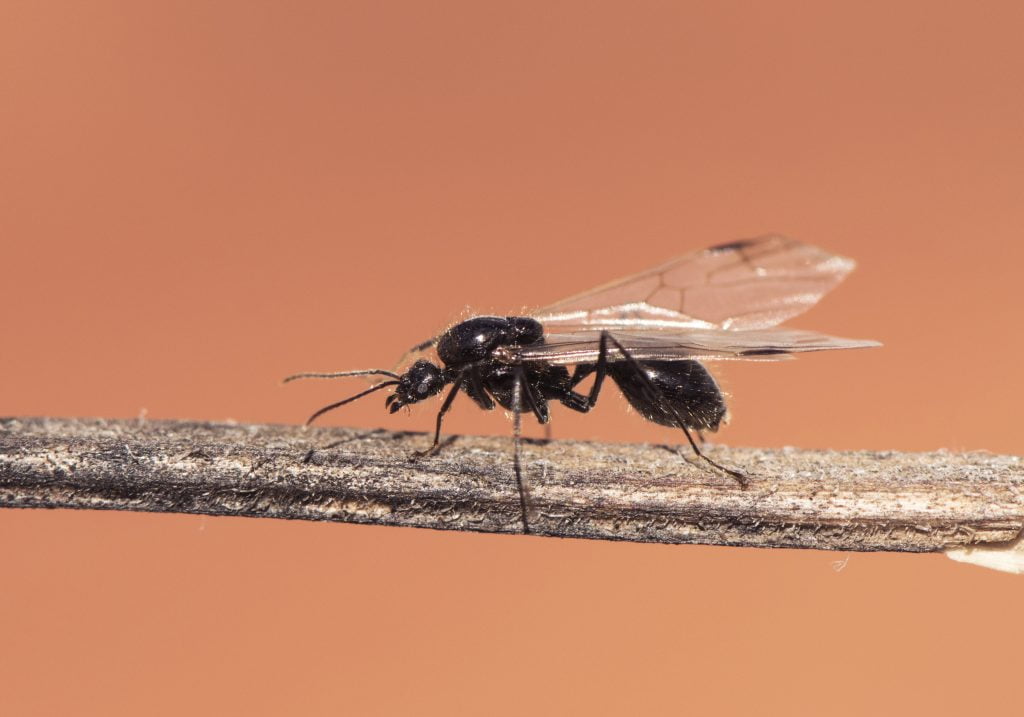
Winged swarmers, known as flying ants, can be seen nesting in wet or rotting wood, though they can be seen in dry wood as well. These omnivores consume seeds, nectar, other insects, and other trash that is present in or around your home. Look at the structure of their bodies to tell them apart from termites. Flying ants have three different body parts: a head, thorax, and abdomen, as well as a narrow waistline. They have elbowed antennae and can be black, brown, or reddish in color.
Flying ants and termites both have two pairs of wings, though ants have wings that are notably larger in the front than the back. Additionally, compared to termite wings, ant wings are stronger and less likely to break apart.
We hope this will help you identify what pests you may encounter this season, and if you do, please contact Team Bug Out Pest Control for help right away!

